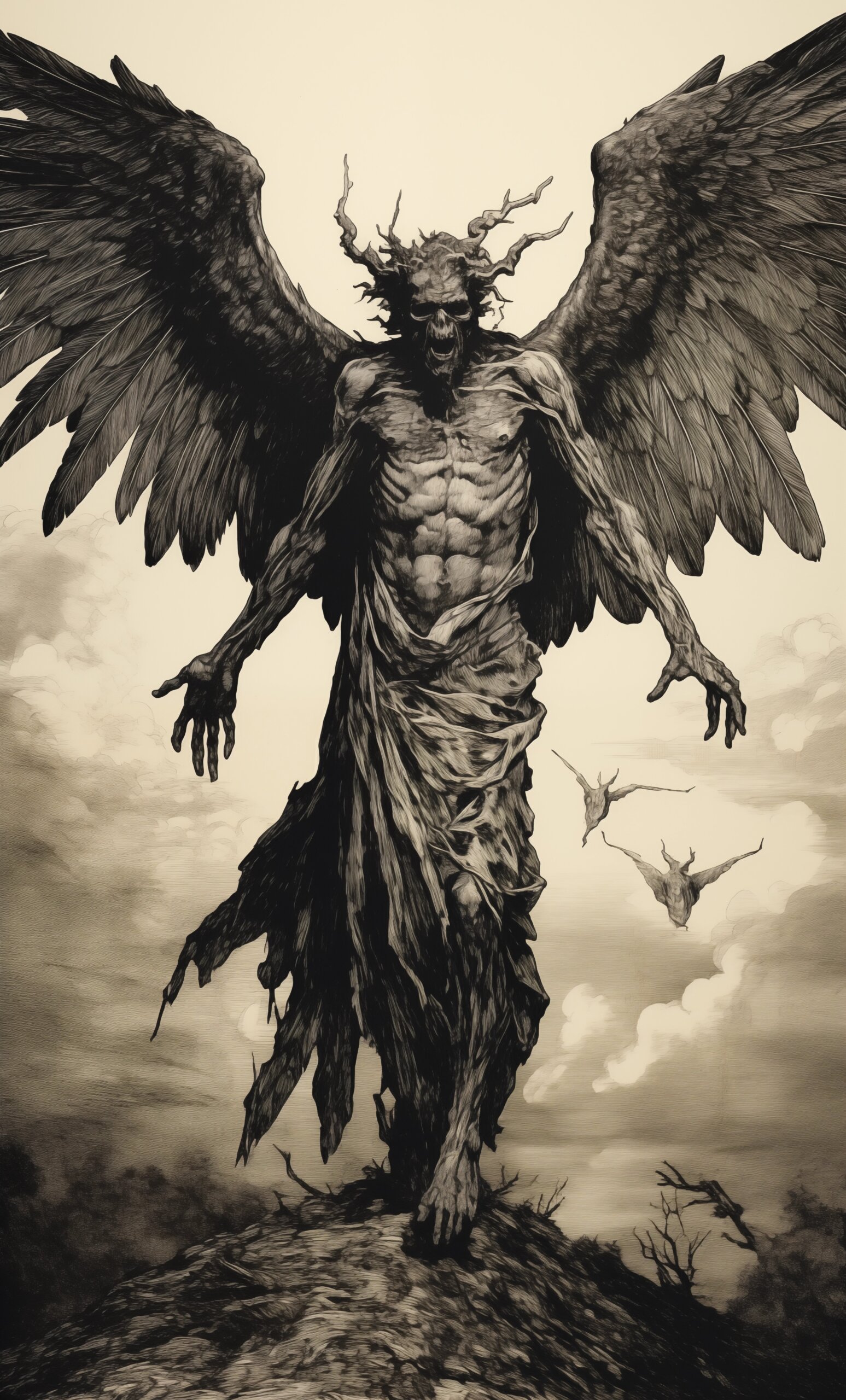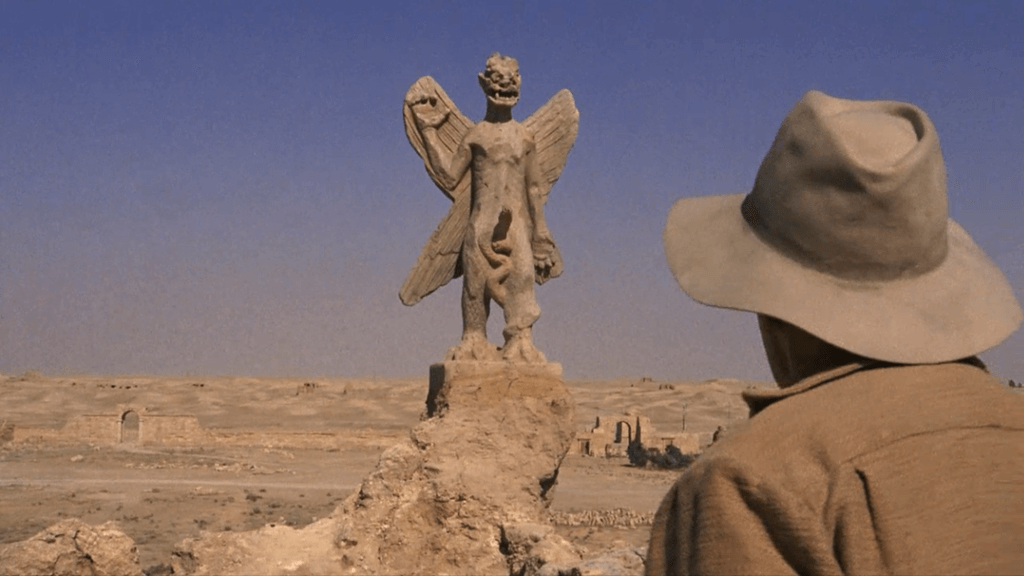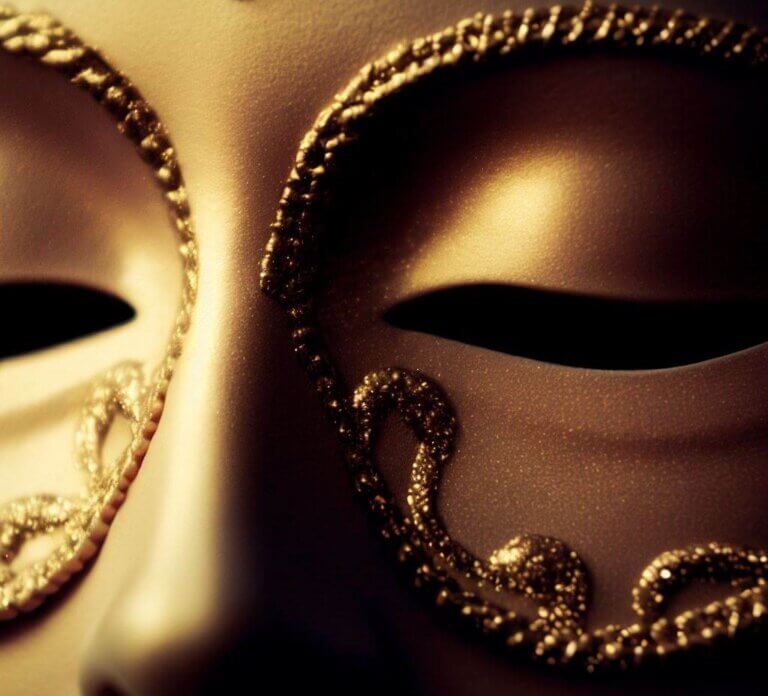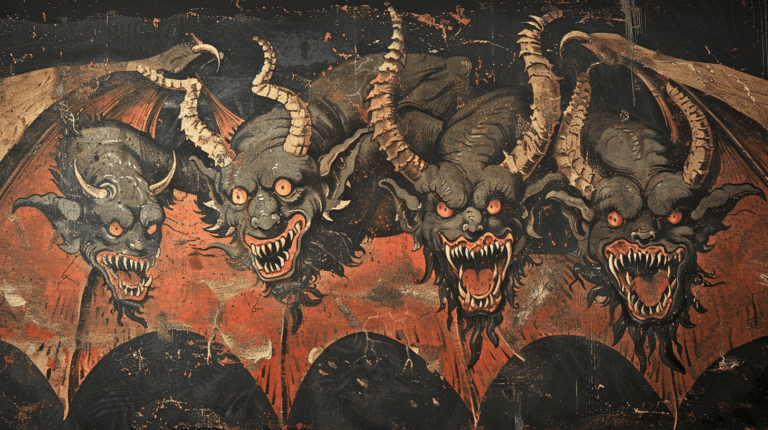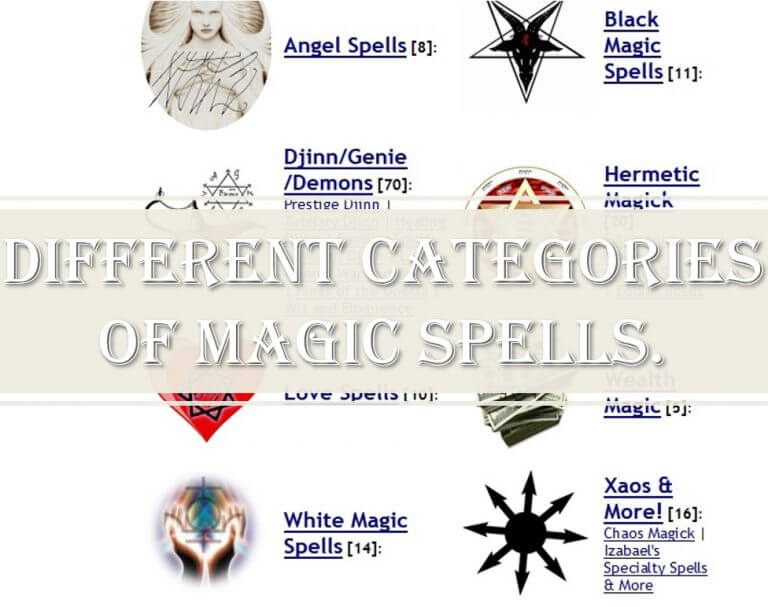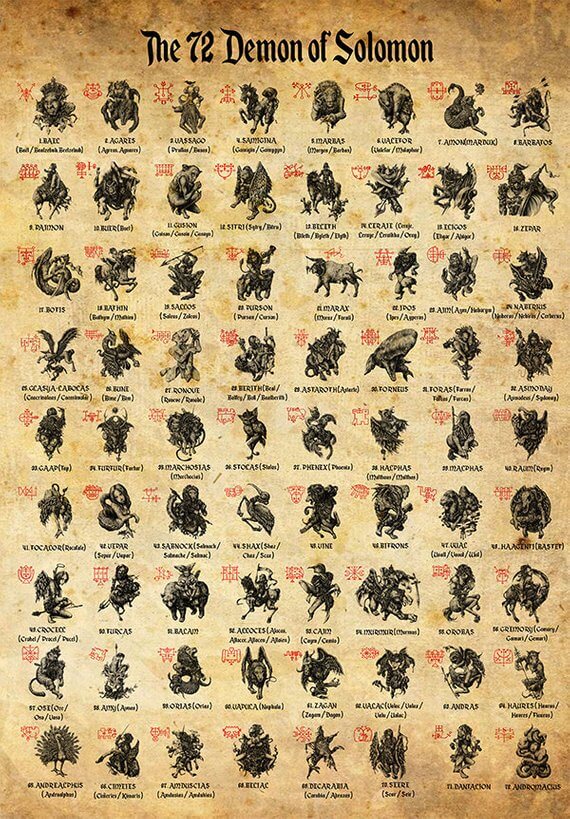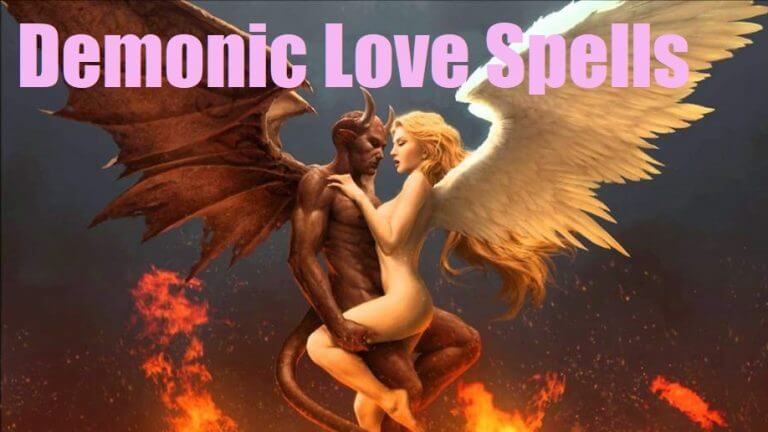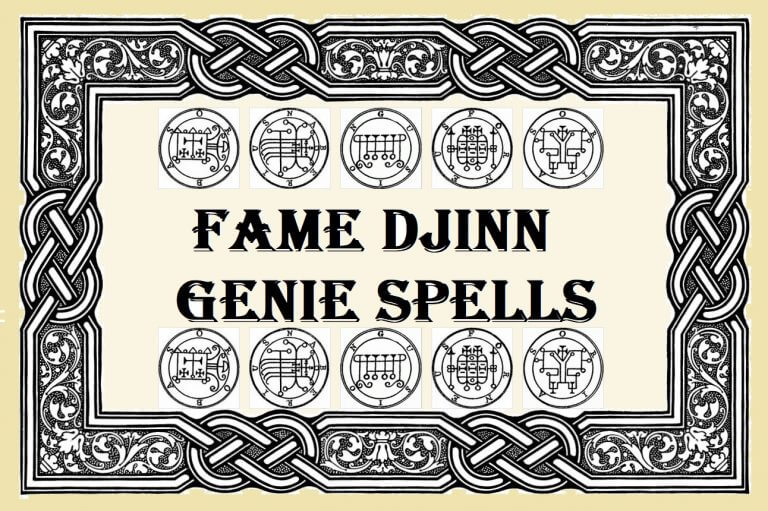The Statue at the Beginning of The Exorcist (1973)…
The King of Wind Demons
Pazuzu is a central figure from ancient Assyrian and Babylonian mythology. Known as the king of the wind demons, this deity was associated with bringing famine and locusts, embodying both protection and destruction.
Protector Against Evil
Despite his daunting reputation, ancient cultures often depicted Pazuzu on amulets and talismans. His image served as a deterrent against Lamashtu, a malicious goddess threatening mothers and infants. This duality makes Pazuzu a complex symbol in historical lore.
Pazuzu in “The Exorcist”
Unearthing Ancient Terror
The film “The Exorcist” introduces the Pazuzu statue in the ruins of Hatra—an ancient city that once thrived in Iraq. The statue’s discovery sets a haunting tone for the film, connecting it to deep-seated myths of possession and exorcism (and sexual perversion). It is not until the flawed, but definitely under-rated, Exorcist II, that Pazuzu is called by name.
A Symbol of Cinematic Fear
The menacing appearance of Pazuzu in the movie—part human, part bird, with a ghastly scowl—immediately establishes the film’s exploration of ancient evil forces invading the contemporary world.
The Cultural Impact of the Pazuzu Statue
From Myth to Screen
The Pazuzu statue’s use in “The Exorcist” is not merely for scare tactics; it is a well-researched plot device that anchors the film to humanity’s historical and mythological preoccupations with supernatural phenomena.
Enduring Legacy
The statue’s cinematic portrayal has helped cement the narrative of Pazuzu in cultural history, blending the terror of ancient myths with modern storytelling finesse.
Conclusion
A Tale of Timeless Horror
“The Exorcist” leverages the historical narrative of the Pazuzu statue to craft a tale that resonates with universal themes of good versus evil, showing the enduring power of ancient myths in modern tales.
